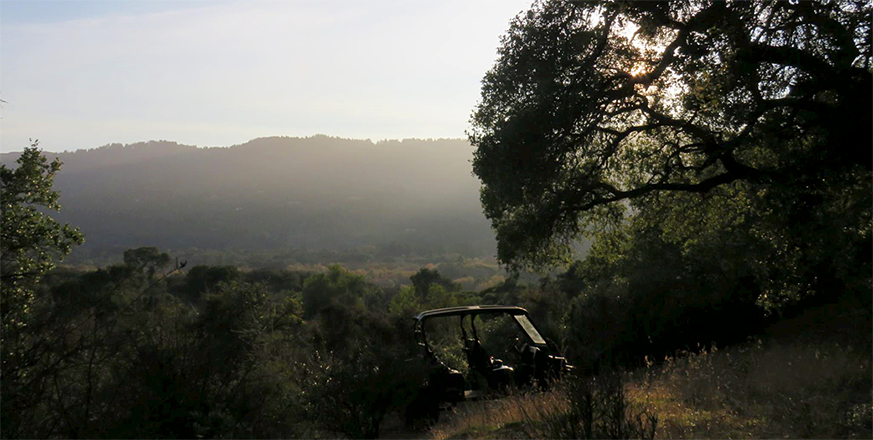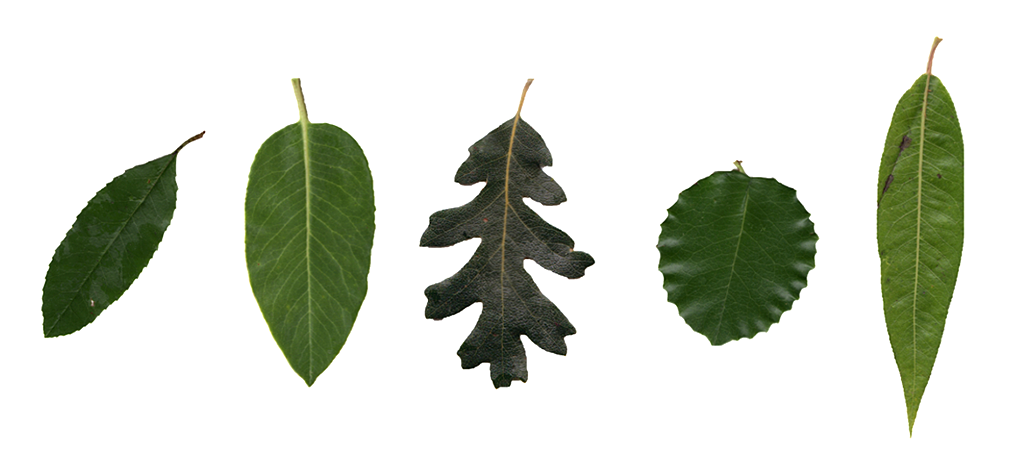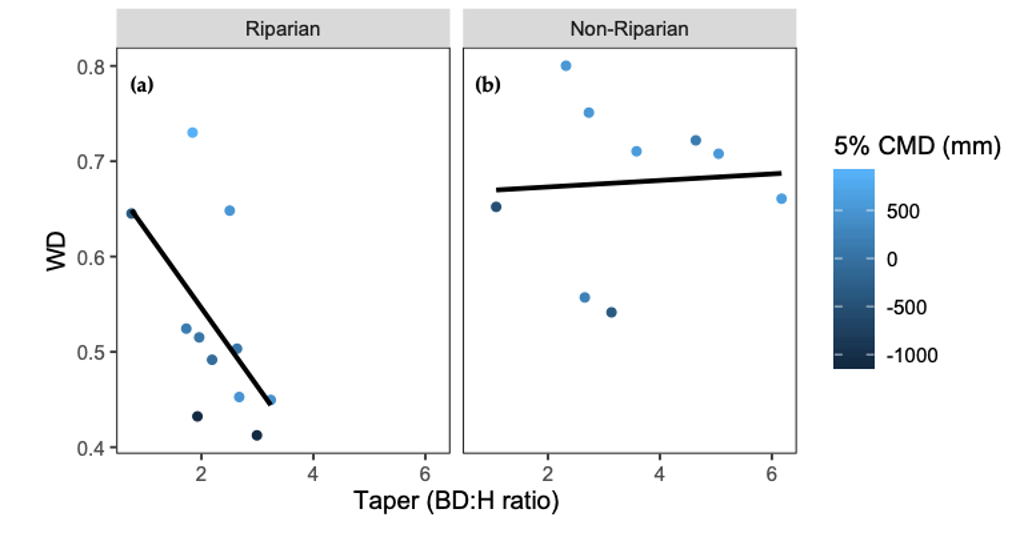Investigating Wood Density for Jasper Ridge Trees and Shrubs

Wood density (the mass per unit volume of wood) is associated with mechanical support, carbon and nutrient storage, drought tolerance, pathogen defense, and water transport in trees and shrubs. Models of carbon stocks often rely on wood density estimates. Although understanding wood density variation can better inform studies of tree evolution and carbon models, ambiguity exists as to what factors influence wood density. Global meta-analyses emphasize how climate variables affect wood density, while localized studies emphasize that tree height and diameter explain wood density patterns. At the level of an ecological community, much remains to be understood about whether climatic or structural factors relate to wood density. In particular, while many studies have investigated wood density variation in tropical forests, less research has focused on studying wood density variation in temperate forests.
In our study “The Role of Climate Niche, Geofloristic History, Habitat Preference, and Allometry on Wood Density within a California Plant Community”, we explored whether climate variables, floristic ancestry, habitat preference, and plant diameter to height ratio influenced patterns of wood density in twenty species of California trees and shrubs (fig. 1). We combined data that Dr. Will Cornwell and Dr. David Ackerly previously collected at Jasper Ridge with recent data we collected at the Stanford Quarry and main campus to answer these questions.

Figure 1. Examples of plant species we sampled. From left to right: Toyon (Heteromeles arbutifolia), Pacific Madrone (Arbutus menziesii), Valley Oak (Quercus lobata), Hollyleaf Cherry (Prunus ilicifolia), and Pacific Willow (Salix lasiandra). Images not to scale.
Basal diameter to height ratio negatively related to wood density for riparian trees and shrubs that specialize in streambank habitats. This means that riparian species that were wider in diameter for a given height had lower wood density. For non-riparian species, however, we found no relationship between basal diameter to height ratio and wood density (fig. 2). Wood density did not relate to whether tree and shrub species had ancestors that came from temperate vs subtropical climates. Wood density was positively associated with the wet edge of aridity values.

Figure 2. Wood density (WD) vs basal diameter to height ratio (taper/BD:H ratio) for (a) riparian and (b) non-riparian species, colored by the 5th percentile climate moisture deficit (a measure of aridity) shown for each species (drier in lighter blue). Trend lines are only for the wood density~basal diameter to height ratio relationships.
By showing how a combination of structural dimensions, riparian habitat preference, and aridity influence wood density variation, our study suggests that a more nuanced approach is required to better explain community-level wood density patterns in temperate forests. Understanding how riparian habitat preference and aridity relate to wood density in California trees and shrubs is relevant in the context of drought and climate change.
Nelson, R.A.; Francis, E.J.; Berry, J.A.; Cornwell, W.K.; Anderegg, L.D. The Role of Climate Niche, Geofloristic History, Habitat Preference, and Allometry on Wood Density within a California Plant Community. Forests 2020, 11, 105. Link to Article: https://www.mdpi.com/1999-4907/11/1/105
 Becca Nelson is a graduate of the BIO / ESYS 105 docent class of 2019, the schedule coordinator for Jasper Ridge, and an undergraduate majoring in Ecology and Evolution in the Department of Biology of Stanford University. You can read more about Becca in previous post.
Becca Nelson is a graduate of the BIO / ESYS 105 docent class of 2019, the schedule coordinator for Jasper Ridge, and an undergraduate majoring in Ecology and Evolution in the Department of Biology of Stanford University. You can read more about Becca in previous post.



